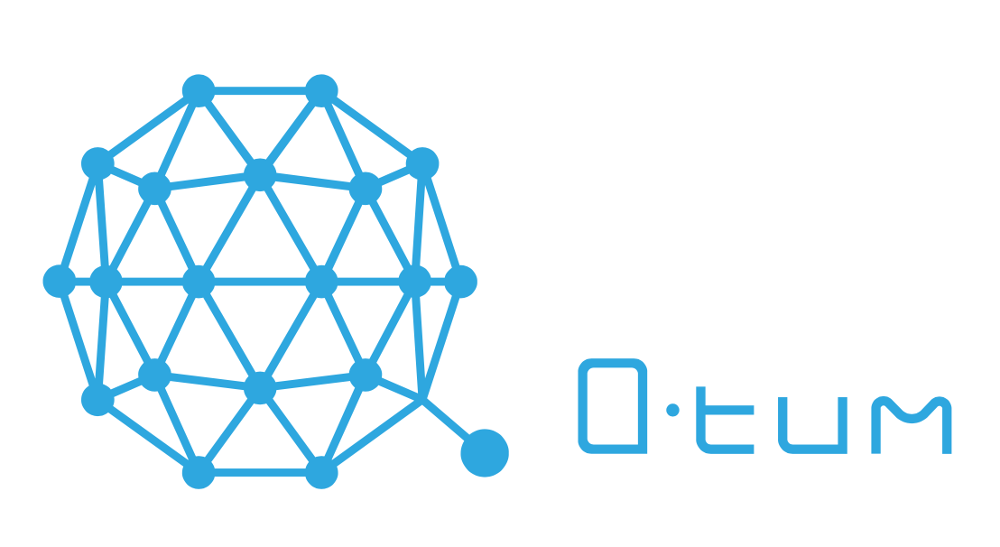Cryptocurrency enthusiasts will have noticed that a lot of changes are happening outside of the “top 10”. Whereas it was rather difficult for altcoins to reach a US$1 billion market cap a year ago, things have taken an interesting turn in recent months. A lot of projects are now valued at multiple billions of dollars, even though some of them remain an absolute mystery to newcomers. Qtum, for example, is a very remarkable project, but it seems there is hardly any talk about what its team is trying to achieve.
What is the Qtum Project all About?
There are many reasons as to why people seemingly ignore projects which make little to no sense at first. After all, every blockchain-related concept has its own native currency these days. While this growth is rather spectacular, it also seems to blur the lines a bit. A lot of projects are alike, but there are subtle differences to be discovered if you look closely. Qtum is not just another business-oriented blockchain project, as it targets a very specific market. As a result, the project is currently valued at over US$3.65 billion, which is impressive.
The Qtum team mainly focuses on helping businesses build decentralized applications. More specifically, they look to build solutions which can be executed on mobile devices. All of these applications also have to be compatible with major existing blockchain ecosystems. It sounds like quite an ambitious mouthful, but the team has been working hard to make this vision come true. There are plenty of business-related opportunities to explore with blockchain technology.
Building a decentralized application which requires no trust is a lot harder than it may sound. The fact that something is decentralized doesn’t make it trustless by default. Qtum uses a modified Bitcoin Core infrastructure combined with a slightly altered version of the Ethereum Virtual Machine. As a result, businesses get the reliability of Bitcoin’s blockchain combined with smart contract technology and other technical features found in Ethereum. The main focus is on stability, interoperability, and modularity.
Furthermore, the decentralized applications built with Qtum are designed to be compatible with major blockchain ecosystems. That alone is a big step forward, as we need more blockchains to work together and strengthen the ecosystem as a whole. Additionally, these applications have native support for both mobile and Internet of Things devices, which is a smart approach. Both mobile and IoT are booming as we speak, and the use of blockchain-based solutions in those industries is inevitable at this rate.
Looking at the current list of DApps running on top of the Qtum infrastructure, it is evident that developers have taken a great interest in what this platform has to offer. With over 20 DApps already available or in development as we speak, things are certainly looking rather interesting. Some of the more notable applications include Beechat, Matchpool, Pundi X, and Energo. These applications seem to tackle very different industries, although they are in various stages of development.
Like most other cryptocurrencies, the Qtum nodemap shows a decent degree of decentralization. One thing some people might worry about is that South Korea has nearly 1,000 of the 2,362 nodes right now. China adds another 215 nodes, whereas the US is home to 563 network nodes. All things considered, this project seems to be off to a good start, but there is more work to be done. It is well worth keeping an eye on Qtum, even though it seems to be flying below most people’s radar right now.

